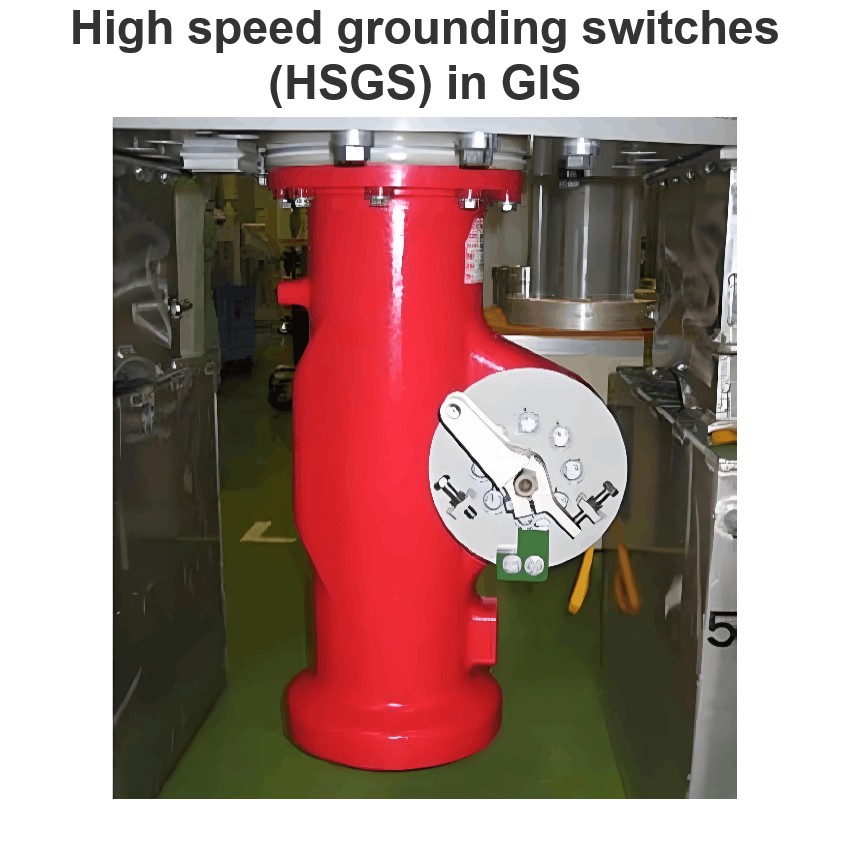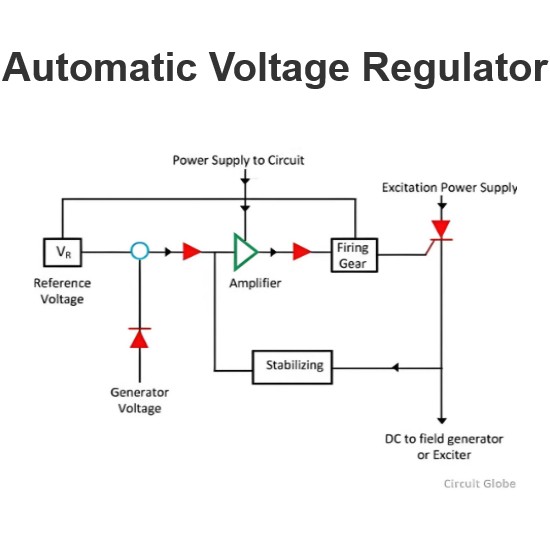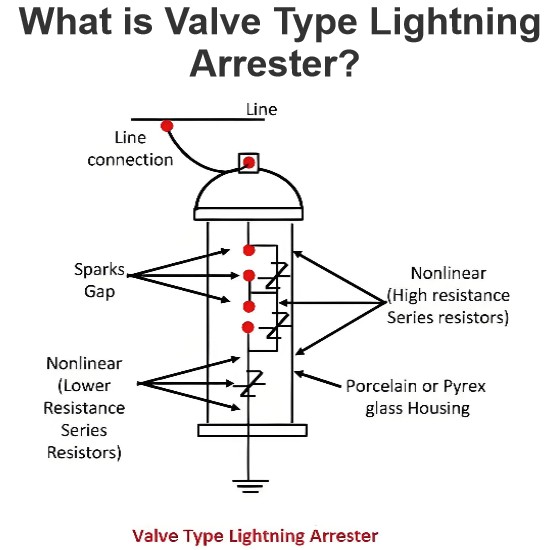Sampling Oscilloscope

Before discussing sampling oscilloscope, we must know the basic principle and functioning of an ordinary oscilloscope. It is an instrument which receives one or more electrical signals and then produces the waveform on the screen simultaneously. The sampling oscilloscope is an advanced version of the digital oscilloscope with some added features and uses for the special purpose.
It is designed to provide a very high-frequency function by sampling several wave forms successively. Such oscilloscope uses sampling theorem for fabricating waveform from several input signals. By using strobe light, the fraction of the motion could be seen, but when the bunch of images are taken, a very fast mechanical motion is observed. Sampling oscilloscope functions similar to stroboscopic technique and it is used to observe very fast electrical signals. Approximately, 1000 points are required to create waveform.
Functioning of Sampling Oscilloscope
As it name suggests, it collects samples from several successive waveform and construct a complete picture of the waveform from the assembled data. The resultant waveform is amplified with a low band pass filter and then shown on the screen. This waveform is made with the joining of many dots associated with each other to construct the whole shape.
Each dot of the wave is the vertical deflection of the point of the progressive layer in each successive cycle of a staircase waveform. They are used to monitor high-frequency signals up to 50 GHz or more. The frequency of the displayed waveform is higher than the sample rate of the scope. It is about 10 pieces per division or more along with large bandwidth of amplifier about 15 GHz. At sampling stage, signals have low-frequency and to achieve large band-width it combines with an attenuator.
Though, it reduces the dynamic range of the instrument. The sampling oscilloscope is limited to repetitive signals and not responsive to transient events. They only display high frequency within the range limit.
Sampling Method
Before each sampling cycle, the trigger pulse activates an oscillator and liner voltage is generated. When the amplitude of two voltages is equal, the staircase move one step and a sampling pulse is generated and it opens the sampling gate for a sample of the input voltage. The resolution of the waveform depends upon the dimension of the steps of the staircase generator. There are different ways of sample taking but two are commonly used. One is real-time sample and other is equivalent sample method.
Real Time Sample Method
In real-time method digitizer works at high-speed so it can register maximum points in one sweep. It’s main purpose to capture high-frequency transient events with accuracy. The transient waveform is so unique that its voltage or current level at any instant of time cannot be associated with its nearest ones. These events do not repeat themselves, so it must be registered in the same time frame as they occur. The frequency of samples is very high about 500 MHz and sample rate is about 100 samples per second. To store such a high-frequency waveform, a high-speed memory is required.
Equivalent Sample Method
Sampling in equivalent method works upon the principle of prophecy and estimation which is possible only with the repetitive waveform. In equivalent method digitizer get samples from many repetitions of signals. It may take one or more samples from each repetition. By doing so, the accuracy in capturing signal gets increases. The frequency of the resultant waveform is much higher than the scope sample rate. This type of sampling can be done by two methods; Random method and sequential method.
Random Method of Sampling
Random method of sampling is the most common method of sampling. It uses an internal clock which adjusted in such a way that it runs with respect to input signals and the signal trigger samples are taken continuously, no matter where it was triggered. Samples those are collected are regular with respect to time but random with respect to trigger.
Sequential Method of Sampling
In this technique, samples are taken with respect to triggered and it is independent of time setting. Whenever the trigger is detected, the sample is recorded with a small delay. Make sure that the delay should be very short but well defined. When next trigger occurred, it gets registered with a little incremental time delay with respect to previous one. The delayed sweep can have the range from few microsecond too few seconds. Let us suppose delay for the first time is ‘t’ then the delay for the second time will be little more than ‘t’ and in this manner samples are being taken many times with added delay until the time window is filled.
Statement: Respect the original, good articles worth sharing, if there is infringement please contact delete.
Electrical4U is dedicated to the teaching and sharing of all things related to electrical and electronics engineering.




